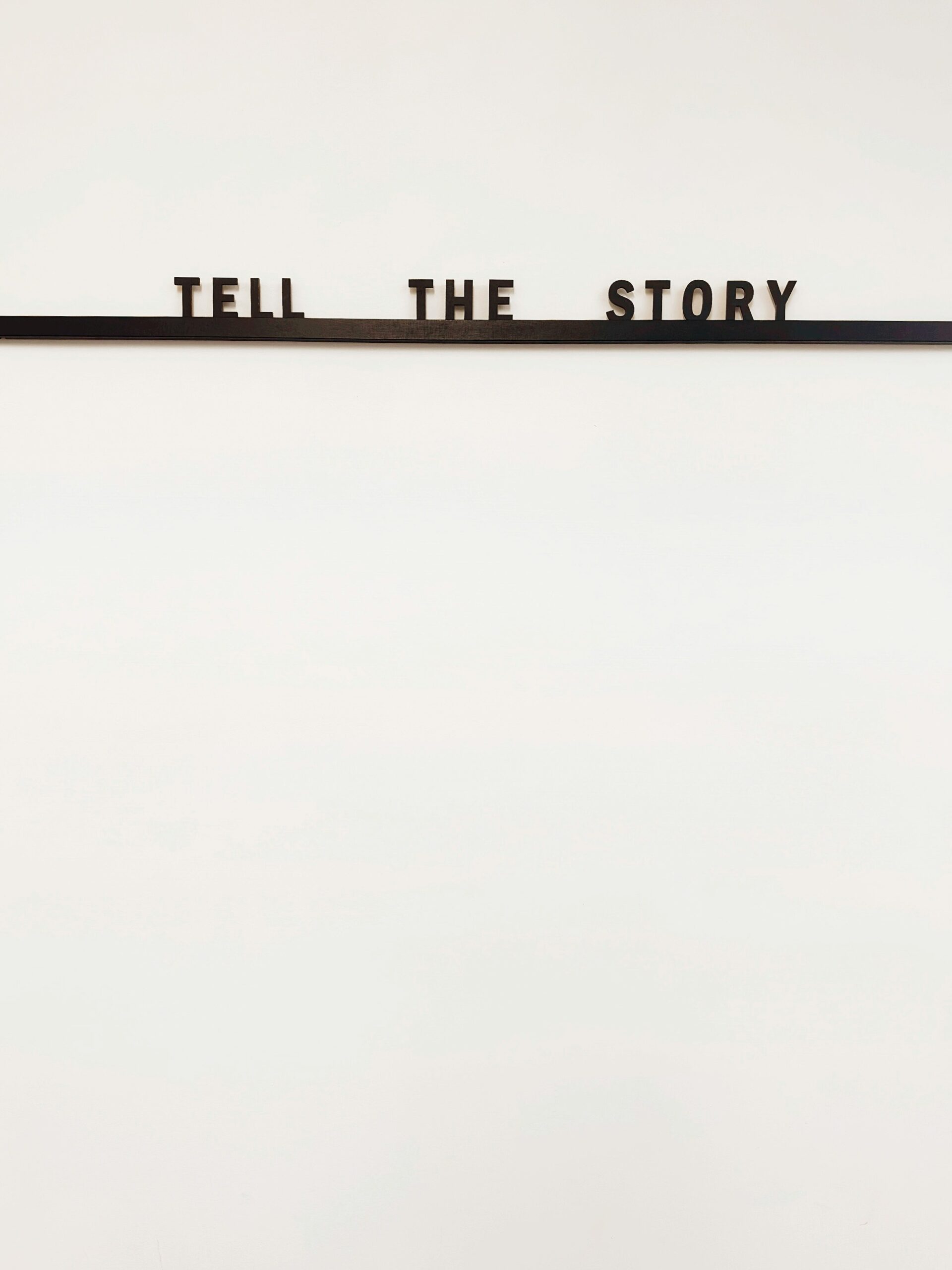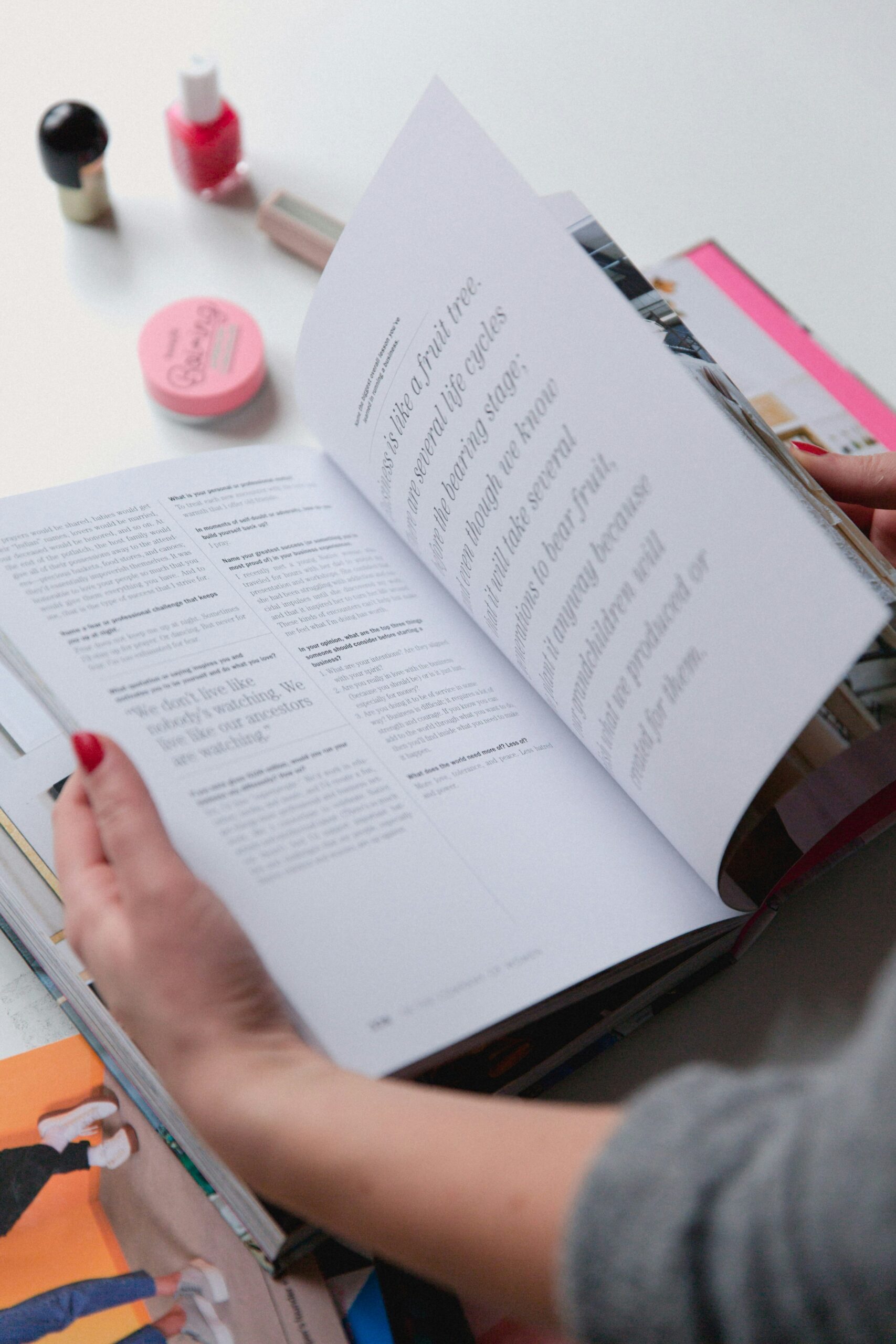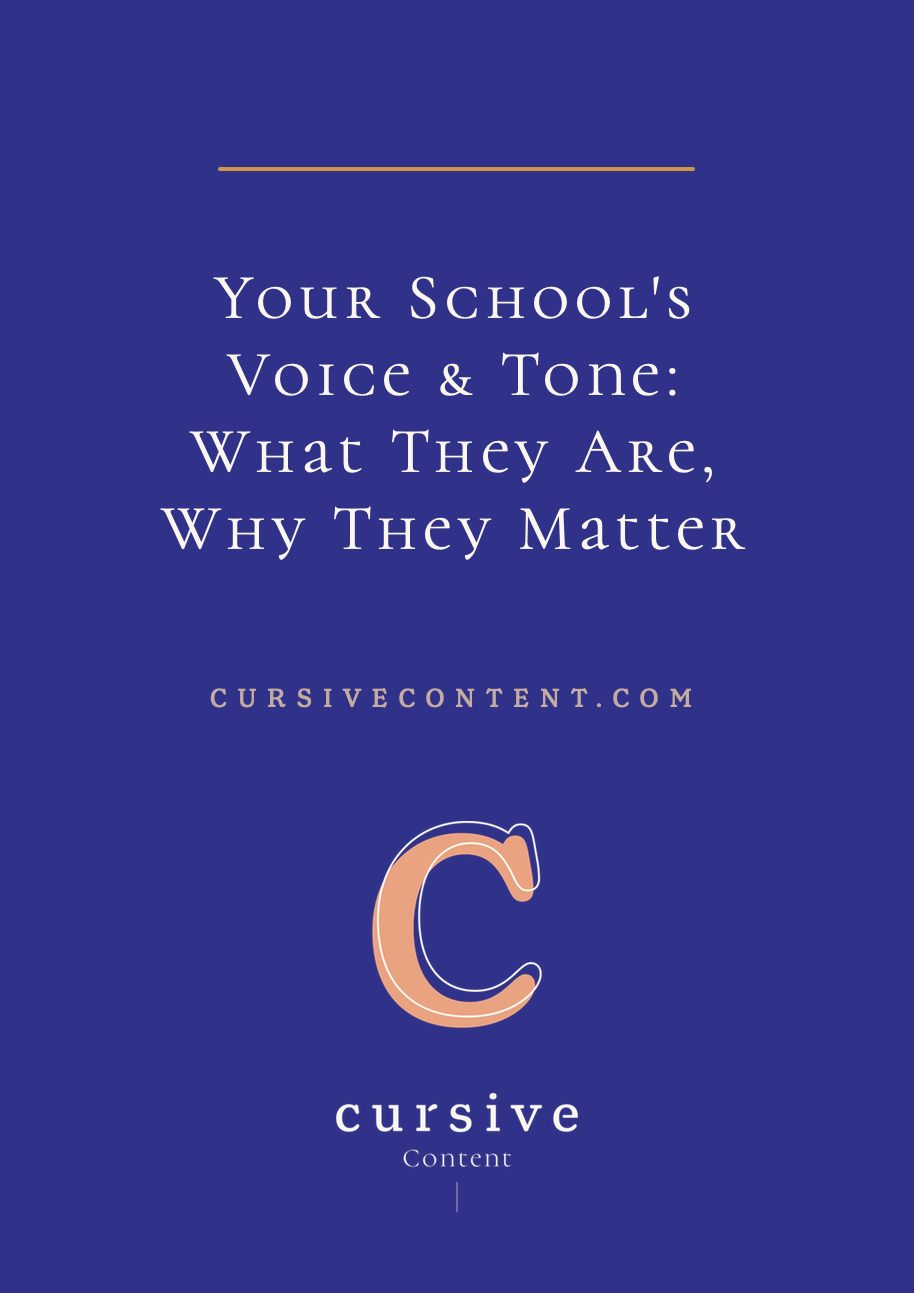Your School’s Voice & Tone: What They Are, Why They Matter

You know when you read something really spectacular, and you feel like you just know the author? Like you can imagine what it would be like to spend time with that person over dinner, or in intimate conversation about the things that matter to you?
That, my friends, is because that author has developed a magical mix between voice and tone.
Finding the right balance between the two is essential for standout storytelling. But what exactly are voice and tone — and how can your school communicate yours authentically?
Your school’s voice is its personality.
Some people call this your brand attributes — the traits that define your brand and give your school a unique story. Is it friendly and approachable? Smart and confident? Helpful and caring? Proud and strong?
Your voice is incredibly important for many reasons. It helps define who you are as a school. It makes it easier for people to connect with you on a personal level. It keeps your communications consistent.
Think about the singers your love or the writers you admire. You connect with their performances or their words because you connect with their voice — the personality they bring to their subject matter. The same message given to you by another artist with another voice may not be as meaningful to you.
Your school’s tone is how that personality is communicated.
Your school’s tone is what makes your school’s voice relevant and appropriate in all situations. It can change depending on what and to whom you are trying to communicate, but it always reflects your school’s personality.
An important component of tone is technique. For example, when you write about your school, do you use first person (“we”) or third person (“it”)? Are your words simple or formal? Are you OK with bending grammar rules for style, or do you stick to the book?
Together, voice and tone set your storytelling style.
This style should be consistent across all of your communications, so that readers recognize the same voice and tone and connect them with your school brand.
One simple way to think about voice and tone is to imagine your school as a person. What would her personality be? How would he welcome new friends? What would she value most? That’s voice.
Next, how would her personality be reflected in her physical style? What would she be wearing? A uniform or a colorful array of mismatched patterns? Pearls or a flower crown? Would he be reserved, or would he be the star in the school play? That’s tone.
By understanding both your school’s voice and tone, you can strengthen your storytelling and bring your brand to life for your audiences.
So tell us: do you have a set voice and tone for your school communications? Or do you need to define your authentic personality? Contact us to chat about your storytelling challenges, or sign up to access our FREE Resource Library.
MORE ARTICLES
-
 Clarity in 50 Words or Less: How to Write Your School’s One-Sentence Story
Clarity in 50 Words or Less: How to Write Your School’s One-Sentence Story -
 The 4 Building Blocks of a Strong School Story (and Why AI Needs Them)
The 4 Building Blocks of a Strong School Story (and Why AI Needs Them) -
 How to Stop ChatGPT from Making Your School Sound Generic
How to Stop ChatGPT from Making Your School Sound Generic -
 What Should Your School Do with Its Blog Now That AI Is Changing Search?
What Should Your School Do with Its Blog Now That AI Is Changing Search? -
 What Is Your Private School’s Bold & Unifying Big Promise?
What Is Your Private School’s Bold & Unifying Big Promise? -
 Viewbook Best Practices for Private Schools
Viewbook Best Practices for Private Schools -
 AI Writing Prompts to Power Private School Storytelling
AI Writing Prompts to Power Private School Storytelling -
 When to Outsource Your Private School Content Marketing to an Expert
When to Outsource Your Private School Content Marketing to an Expert


How can a new head teacher give tone and voice to an old school.
Great question! I think it starts with taking an honest look and who the school is TODAY and what your dream families are looking for right now. Evolving your school story doesn’t mean you’re throwing away its legacy and history, it just shows that as an institution you can evolve with the times and needs of your families.